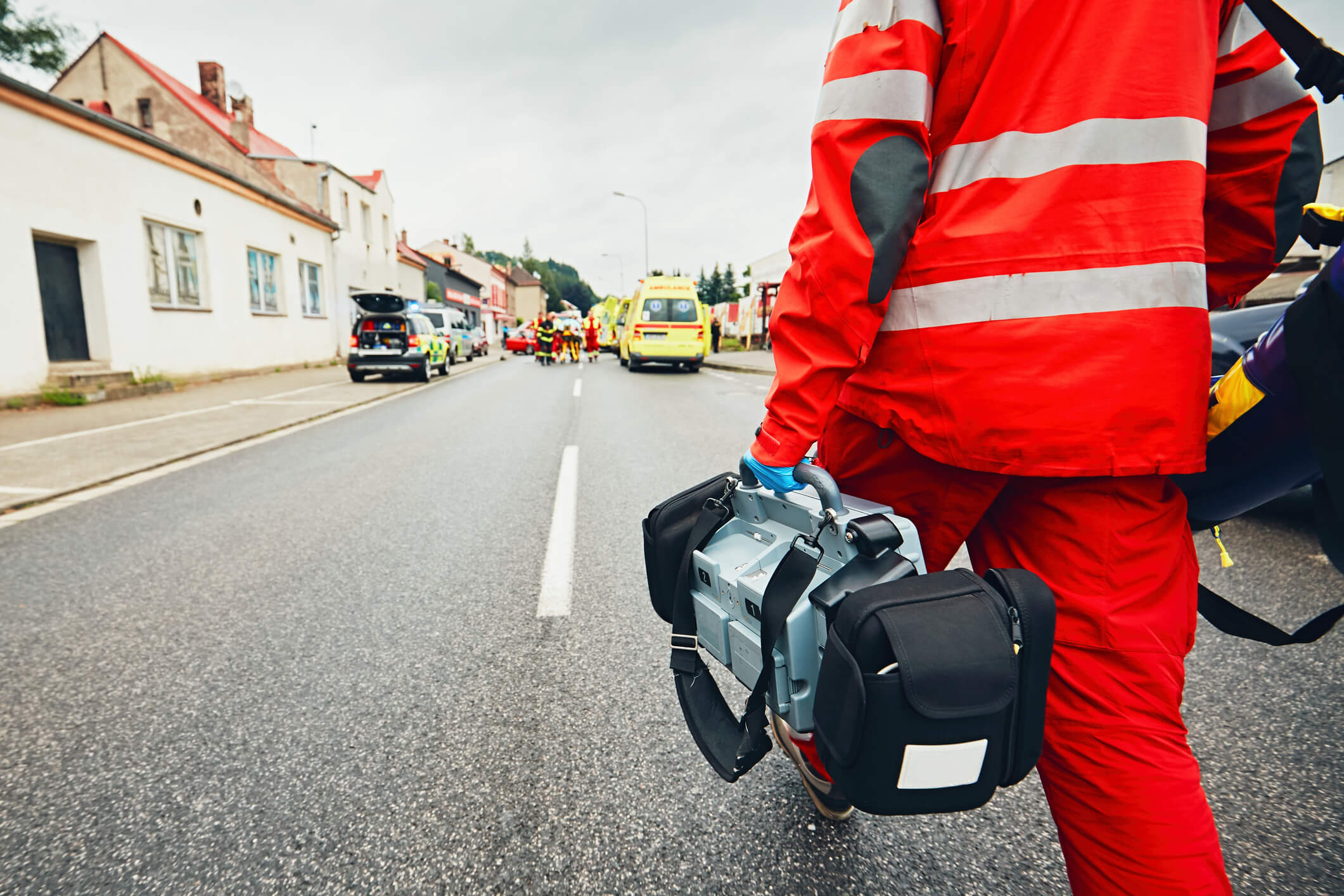
Medical suction can save lives when it’s properly performed. However, improper technique can make an emergency situation worse, causing potentially catastrophic injuries. The right training for your paramedic team can maximize their job effectiveness and even save lives. Here’s what your team needs to know about safe medical suction.
1. Always Be Prepared to Suction
Your team’s emergency response kit must be ready to go at all times. At minimum, this means checking supplies each morning and at the end of each shift. The most important preparedness strategies include:
- Maintaining batteries in a charged state and always having replacement batteries ready
- Turning on your suction unit at the beginning of each shift
- Having replacement catheters in various sizes readily available
- Following manufacturer guidelines for routine maintenance
- Ensuring there’s ready access to backup units in case there is a mass casualty tactical medical scenario
2. Know When to Suction
Though proper suctioning is critical in the event of an airway obstruction, inappropriate suctioning increases morbidity and mortality. Look for clinical indicators of the need for suctioning, such as:
- Increased tube resistance or SPO2 in an intubated patient
- Increased respiration, gasping, or tachycardia
- Coarse breath sounds even after coughing or clearing the throat
- Audible upper airway sounds in an unconscious person or a person who is unable to clear their own airway
Simply coughing or being hoarse are not necessarily reasons to suction – suctioning in the absence of clear clinical indicators increases the risk of traumatic injuries.
3. Practice Suctioning as Frequently as Possible
Suctioning in real life is always more difficult than it is in training scenarios. With adrenaline pumping, a person in distress, and pressure to do the right thing, it’s easy to make a costly mistake. You can reduce the risk of anxiety-related errors by training and drilling suctioning procedures as frequently as possible.
In training for mass casualties or mega-code disasters, make suctioning a standard part of training. This incorporates it into your team’s unconscious routine, encourages them to think critically about when to suction, and increases their comfort with suctioning procedures.
4. Focus on Visibility
You must be able to clearly see the upper airway and oral cavity before you begin suctioning. Be mindful of dental work, particularly dentures, because these can be loosened by trauma and become choking hazards. Keep an eye on the entire oral cavity and be prepared to remove any dental structures that become dislodged.
Never suction blindly. Have your team practice increasing visibility from various positions to prepare them for real-world scenarios in which visibility is not optimal.
5. Protect Against Hypoxia
Hypoxia is a very real risk with airway suctioning. It’s important to hyperoxygenate a patient before beginning suctioning. Tracheal suctioning should only take five to eight seconds, and should never last longer than 10 seconds. Be prepared with supplemental oxygen in case the patient shows signs of hypoxia.
6. Prevent Trauma
Physical trauma is the leading cause of suction-related injury, particularly in geriatric and pediatric populations. Choose an appropriately sized suction catheter—one that is less than 50 percent of the size of the internal diameter of the endotracheal tube. Proceed with caution, and do not rush. In vulnerable populations, avoid excessively harsh suctioning, which may damage the oral mucosa. Lower the pressure dial when working on seniors and children.
7. Beware of Dangerous Fluids
Biohazards present serious dangers to paramedics and patients alike. However, in the heat of the moment, it’s easy to forget basic safety precautions. Always wear a mask and safety goggles, as well as gloves (ideally non-latex). Never reuse suction catheters. Instead, ensure that there are a sufficient number of variously sized suction catheters available in your kit. Properly dispose of disposable catheters and protective gear, and follow the manufacturer’s sterilization instructions for any reusable components.
8. Choose the Right Equipment
The right equipment is critical for effective emergency responses and can greatly reduce the risk of common injuries. Equipment failure is a leading cause of suctioning failure, so invest in reliable equipment. Ensure also that the right equipment is easily accessible.
Incorporating equipment packing and maintenance into your training routine can help with this. Some simple strategies include:
- Putting a small unit in your trauma or tactical bag so that it’s always available
- Placing the suction unit with other advanced life support gear
- Packing complementary equipment together, including catheters, the suction unit, and supplemental oxygen
Safely clearing the airway is an indispensable and critical component of effective emergency care. This intervention demands the right equipment. To learn more about your options, check out The Ultimate Guide to Purchasing a Portable Emergency Suction Device.
















